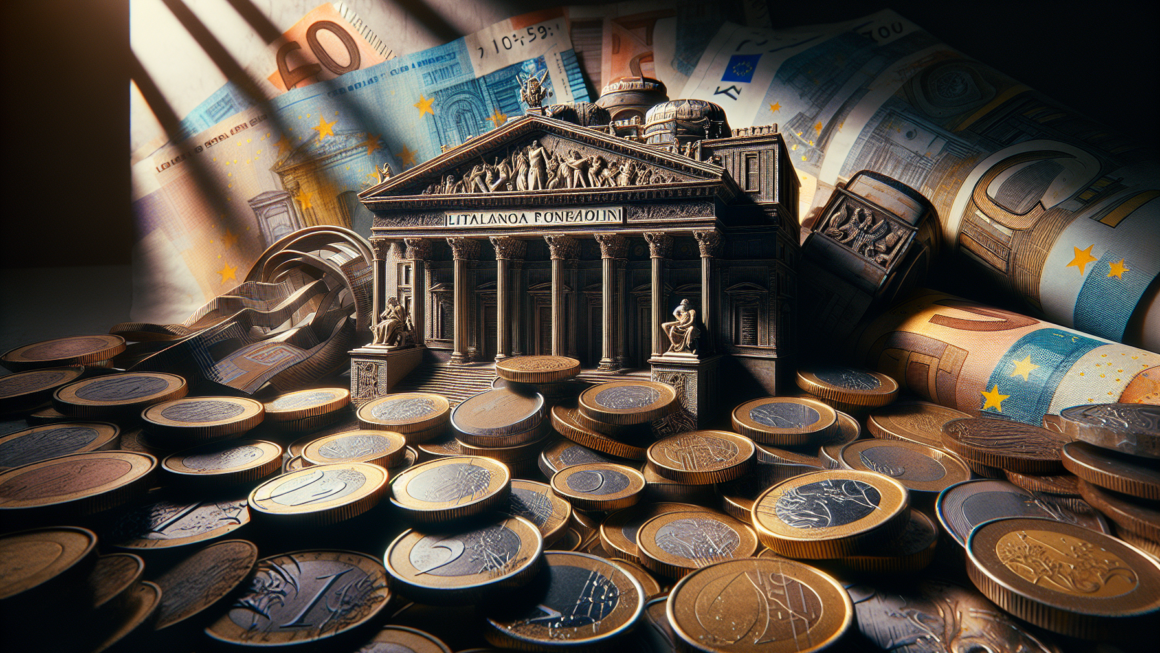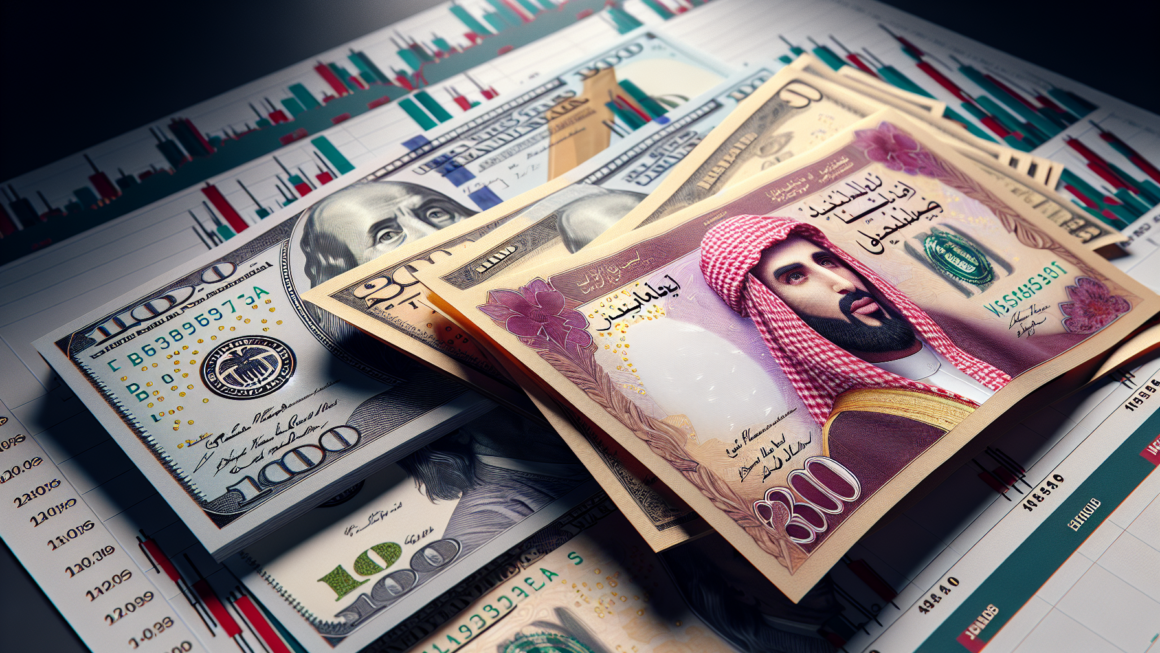Understanding the Euro as Italy’s Currency
Italy, a prominent member of the European Union, adopted the Euro as its official currency in January 2002. The introduction of the Euro marked a significant shift in Italy’s monetary system, replacing the former Italian Lira. This transition aligned Italy with other EU member states, fostering economic integration and facilitating cross-border trade.
Introduction of the Euro in Italy
The adoption of the Euro in Italy was a gradual process that began in 1999 with the launch of the common currency. During a transitional period, the Euro was used for electronic transactions while the Italian Lira remained in circulation for cash payments. This dual-currency system allowed citizens and businesses to familiarize themselves with the new currency before its full implementation in 2002.
The official exchange rate between the Italian Lira and the Euro was set at 1,936.27 Lira to 1 Euro. This fixed rate ensured a smooth conversion process and provided stability during the transition. The introduction of the Euro brought about significant changes in Italy’s financial landscape, streamlining transactions and reducing currency exchange costs for businesses and travelers.
Euro Banknotes and Coins
The Euro is divided into 100 cents and is available in various denominations of banknotes and coins. The banknotes come in denominations of €5, €10, €20, €50, €100, €200, and €500. However, it’s important to note that the €200 and €500 notes are rarely used in everyday transactions and may not be widely accepted by merchants.
Euro coins, on the other hand, are issued in denominations of 1, 2, 5, 10, 20, and 50 cents, as well as €1 and €2 coins. These coins feature a common design on one side, while the other side showcases unique national designs specific to each EU member state. The Italian national side of the coins often depicts iconic symbols, landmarks, or historical figures of Italy.
Currency Exchange in Italy
Where to Exchange Currency
When visiting Italy, you have several options for exchanging your currency into Euros. Banks, currency exchange offices, and some post offices offer currency exchange services. However, it’s important to compare exchange rates and fees before making a transaction, as they can vary significantly between providers.
Airports and major hotels also offer currency exchange facilities, but they often have less favorable exchange rates and higher fees compared to banks or specialized exchange offices. It’s generally recommended to avoid exchanging money at airports unless absolutely necessary.
Tips for Getting the Best Exchange Rates
To get the best exchange rates when converting your currency to Euros in Italy, consider the following tips:
- Compare exchange rates from multiple providers before making a transaction.
- Avoid exchanging money at airports or tourist hotspots, as they often have higher fees and less favorable rates.
- Consider using ATMs to withdraw Euros directly from your bank account, as they often offer competitive exchange rates.
- Be aware of any additional fees or commissions charged by your bank or the ATM provider.
It’s also a good idea to familiarize yourself with the current exchange rate between your home currency and the Euro before traveling to Italy. This will help you assess the fairness of the rates offered by exchange providers and make informed decisions when converting your money.
Payment Methods in Italy
Using Credit and Debit Cards
Credit and debit cards are widely accepted in Italy, particularly in larger cities and tourist areas. Visa and Mastercard are the most commonly accepted card networks, while American Express and Diners Club may have more limited acceptance. Many establishments, including hotels, restaurants, and shops, readily accept card payments.
However, it’s important to note that some smaller businesses, especially in rural areas or local markets, may prefer cash payments. It’s always a good idea to carry some cash as a backup payment option. Additionally, be aware of any foreign transaction fees that your card issuer may charge for purchases made in Italy.
Cash Payments and ATM Withdrawals
Cash remains a popular payment method in Italy, especially for smaller purchases and in local establishments. Having some cash on hand is essential for daily expenses, such as buying groceries, dining at small restaurants, or shopping at local markets.
ATMs, known as “Bancomat” in Italy, are widely available in cities and towns. They provide a convenient way to withdraw Euros using your debit or credit card. However, be mindful of any withdrawal fees charged by your bank or the ATM provider. It’s also a good idea to inform your bank about your travel plans to avoid any potential issues with card usage abroad.
Travellers Cheques
While travellers cheques were once a popular option for carrying money abroad, they have largely been replaced by credit and debit cards. However, if you still prefer to use travellers cheques, you can exchange them at banks, currency exchange offices, and some hotels in Italy.
Keep in mind that not all establishments accept travellers cheques, and the exchange process may be more time-consuming compared to using cash or cards. It’s recommended to have multiple payment options available to ensure a smooth and hassle-free experience during your stay in Italy.
Best Ways to Manage Money in Italy
Using Travel Money Cards
Travel money cards, also known as prepaid currency cards, offer a convenient and secure way to manage your funds while traveling in Italy. These cards allow you to load multiple currencies onto a single card, including Euros, and provide competitive exchange rates.
One popular option is the Wise debit card, which offers mid-market exchange rates and low transaction fees. With a Wise card, you can easily convert your home currency to Euros and make purchases or ATM withdrawals in Italy without incurring high foreign transaction fees.
| Travel Money Card | Key Features |
|---|---|
| Wise Debit Card |
|
Budgeting and Saving Money
To make the most of your money while traveling in Italy, it’s essential to plan your budget and be mindful of your expenses. Here are some tips to help you save money and manage your finances effectively:
- Research and compare prices for accommodation, transportation, and activities before your trip.
- Set a daily budget and track your expenses to avoid overspending.
- Take advantage of free or discounted attractions, such as museums with free admission days or city passes that offer combined access to multiple sites.
- Consider dining at local trattorias or pizzerias instead of high-end restaurants to save on food costs.
- Use public transportation or walk whenever possible to reduce transportation expenses.
By being proactive and mindful of your spending, you can enjoy your Italian adventure without breaking the bank. Remember to prioritize your expenses and allocate your funds wisely to ensure a memorable and financially manageable trip.
See also:
- Turkey Currency Exchange Rate: USD to TRY Conversion – Top News
- Finland Currency: A Complete Guide to Money in Finland
- Germany Currency: A Complete Guide to Euro Exchange Rate and Deutsche Marks Conversion
- Portugal Currency: A Complete Guide to Travel Money
- Malta Currency: A Complete Guide to Maltese Liri Exchange Rates




